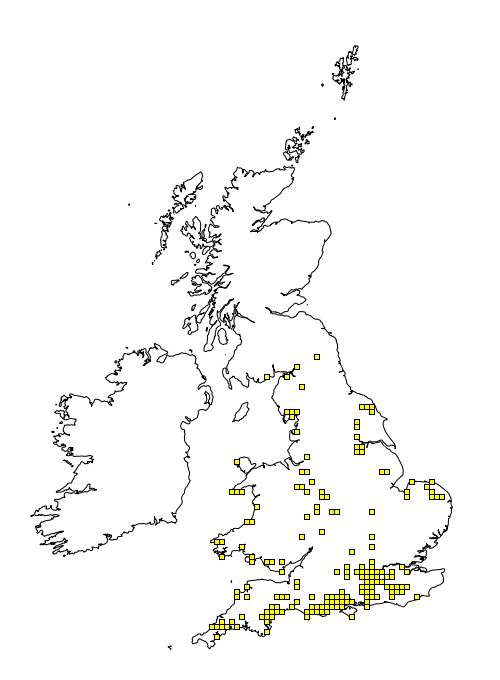I spent the afternoon yesterday with Kevin Cox, who lives in the Mardle Valley, is an RSPB Council member and heavily involved with Devon Birds. We talked about Devon birds, Devon Birds and the management of Dartmoor’s commons. Kevin has recently purchased part of Holne Moor from South West Water.

Holne Moor overlooking Venford Reservoir.
We went up to Holne Moor to have a look around. A very interesting visit for me. This is the key bird research area I have written about recently – the place where Exeter University’s Professor Charles Tyler, his team of research students and nest finders have been working (The Dartmoor Upland Bird Nest Group) – see here and here. This is the area where some of the key cuckoo research is taking place as well as being an area which supports high population densities of whinchat and meadow pipit.

The moor is grazed and has a swaling programme but does have quite a lot of small trees dotted around the landscape – cuckoos need these small trees so that they can survey the landscape and see where the meadow pipit nests are. On many commons now these dotted isolated trees are absent and new regeneration is now difficult due to the grazing and burning pressure.
The area is also very interesting as it gives a clue as to how natural flood management measures might work on Dartmoor in the future and play a part in ‘slowing in the flow’. South West Water have retained a belt of land around their reservoir at Venford. This area has been fenced off.
In this photograph you can clearly see the fence line – with grazed moorland to the right and the lightly grazed enclosure to the left. You can see that patches of light scrub have developed in the closure.

Here is another view of that enclosure.
These two photographs tell me a couple of things.
Firstly, if Dartmoor was not grazed, scrub and eventually woodland would quickly develop – the George Monbiot re-wilding scenario. Dartmoor is of course as I have said many times before an important historical and cultural landscape and therefore if the re-wilding scenario were to happen across the Dartmoor landscape then most of that would be lost. The landscape of Holne Moor is a good example of this as it has been ‘designated’ as a Premier Archaeological Landscape – see here for further details.
 Jeremy Butler in his 5 volume Dartmoor Atlas of Antiquities sets out a detailed catalogue of the archaeological interest.
Jeremy Butler in his 5 volume Dartmoor Atlas of Antiquities sets out a detailed catalogue of the archaeological interest.

The map and accompanying text details the importance of the area from the Bronze Age, through the Mediaeval period to the present.
The challenge for all those involved with the management of such places therefore is getting the balance right between archaeological interests and biodiversity – both of which are of European Importance. I have written about this challenge before and it seems to prove intractably difficult to solve even though all parties are in fact pretty much in the same place – i.e. everyone wants a grazed landscape.
As Kevin Cox said to me on site yesterday (I paraphrase) – the archaeology has survived on here on Holne Moor for thousands of years through the ebb and flow of vegetation and farming cycles, however at the moment there is a biodiversity crisis and we may only have 30 years to save some species such as the cuckoo. Surely there is enough flexibility and goodwill within the system to tweak a few management techniques and thereby work out how to enable the cuckoo (and whinchats, meadow pipits etc) to flourish (e.g. ensure there are perching places and enough food for cuckoos) – the work that the Dartmoor Upland Bird Nest Group are currently researching.
The second thing that the two photos above tell me is how quick and easy theoretically it will be to naturally add regenerating trees and scrub to the landscape in very small but strategic places so that natural flood management schemes can help slow the flow. If enclosures were erected around specific stream valleys the developing scrub would quickly emerge and add ‘hydraulic roughness’. The areas of grazing land lost would be tiny and as long as the Commoners were compensated and not penalised as the current ‘ineligible feature’ nonsense currently would do then surely this too is a win-win for everyone.
I thought yesterday was going to be dominated by Storm Imogen – it certainly seems to have around our coasts but inland it was pretty windy but in my experience was mostly dry and allowed me instead to make a new friend, see a new place and think more about Dartmoor and its management.






























